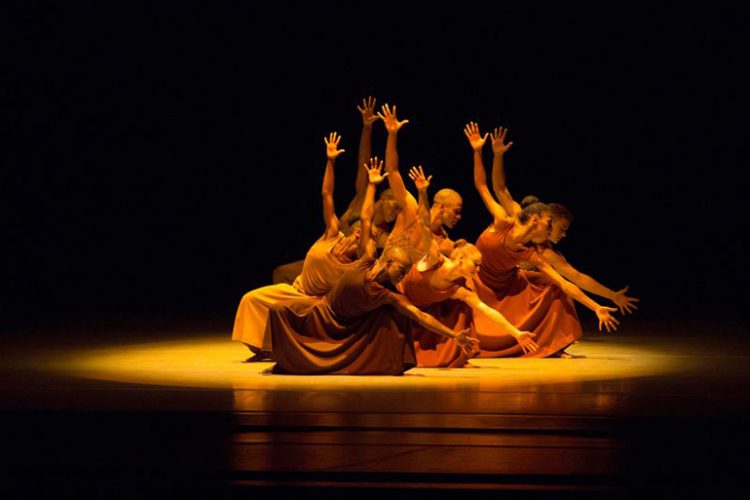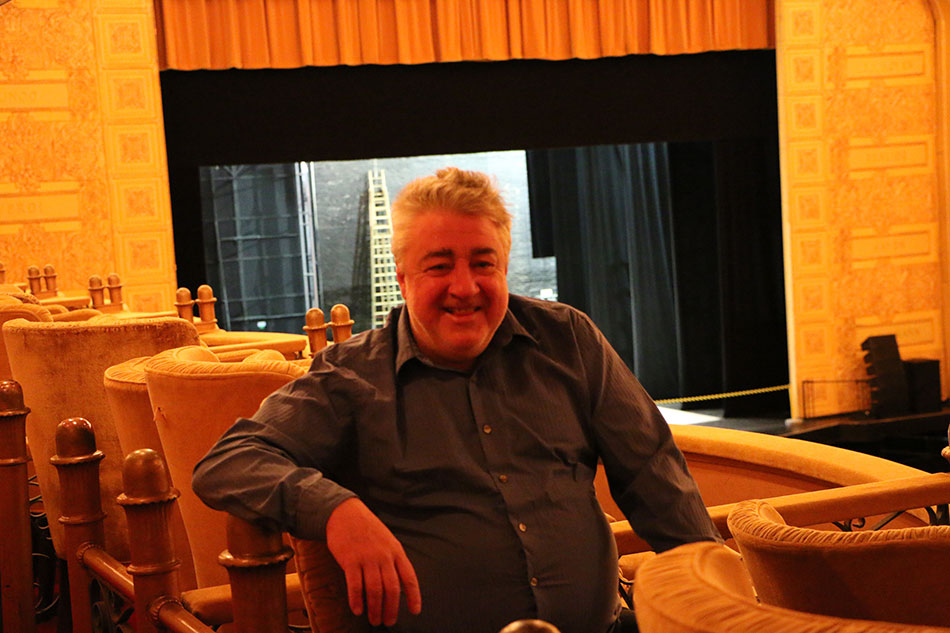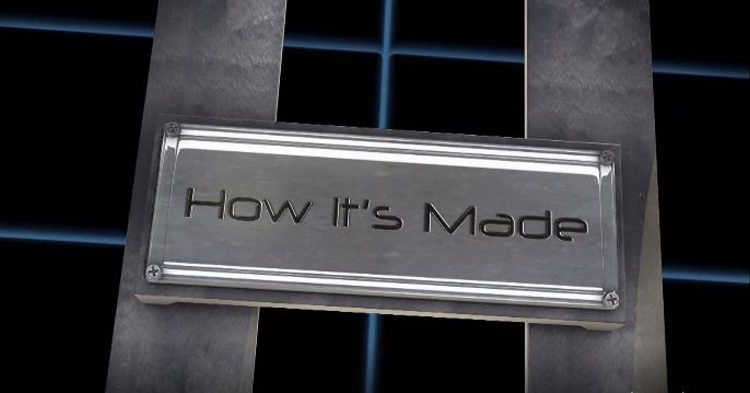One of the things that every touring company deals with is fitting a show into different venues, whether they have fewer fixtures than you’re used to or the stage is smaller. For international tours, you’re also faced with different electrical requirements and approaches to work.
In the second installment of my interview series with the Alvin Ailey American Dance Theater’s technical crew, former Head Electrician David Kerr talks about the challenges their company has taken on over the years as they’ve toured the world. He credits the outstanding talent of the cast and crew, as well as their team mentality in meeting those challenges head on.
Below is my conversation with David. If you missed my first interview with the late technical director, E.J. Corrigan, you can read it here.
Me: Do you ever face any difficulties with the electricity or capacity of what the theaters on your tours have?
David Kerr: Yeah, you have to have a little bit of understanding of the different voltages and things that you’re going to encounter, because in every country everything’s a little bit different. And the safety standards are also significantly different from one country to another. Obviously when you’re in a country that’s more second or third world, you have to be very careful; things might not be grounded properly – or at all. And then you can go to a country like the U.K. where it’s even more strict than here and the regulations are even tighter than here. It runs the gamut. I would say that you definitely have to deal with a variety of things, but it’s generally not too bad. I would say that there are only three or four different voltage ranges that you ever have to deal with. We’re the only ones more or less who are 110 to 125V and then everyone else is 240ish. The Japanese are 100. I think mostly [my concern is] just the quality of the gear and the safety in terms of ‘Is everything grounded properly.’ I’d say that’s probably the biggest concern when you go country to country. Not everybody has the high-quality gear that we’re used to in the West for sure.
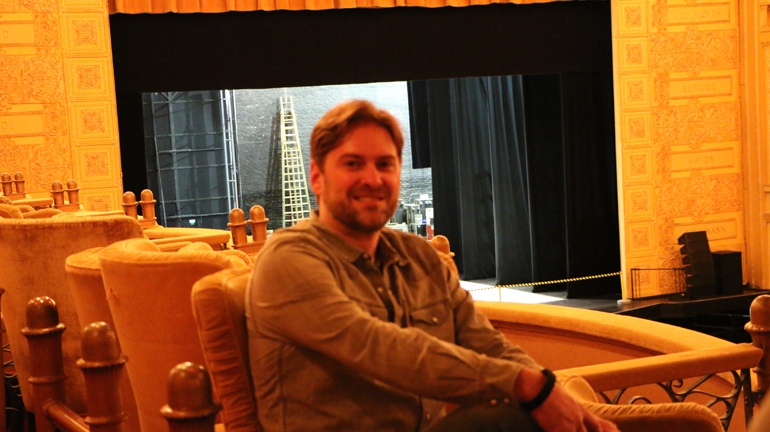
Me: Have you ever encountered problems during a show, or has that been relatively smooth?
DK: No, I think we iron everything out before we actually get into a performance situation. And we take our own control system – it’s an ETC control system – and we have pretty much everything backed up on battery, so if we ever would have a problem, it would be like a complete power outage, but that’s something we haven’t really run into, luckily. I’ve heard stories.
Me: But you haven’t personally encountered that kind of thing?
DK: No. Not in terms of major, catastrophic failures, no. Like I said, the safety concerns, in the quality of the gear, the working environment – that’s probably your major concern when you get into some of these poorer countries. They don’t have the same attention to safety concerns. The way they value the life of the workers in a lot of these countries is very different, as well, so the attention to safety is different.
Me: What is the reaction of the audience when you’re going to those countries? Are things received in a different way?
DK: It’s hard for me to say, because I’m usually backstage, so it’s really hard for me to gauge. My general impression – and I could be completely wrong here – but I think that when we do go to these places, we tend to have members of the more upper-level society. I don’t know if that’s true or not. In a lot of places, it might be difficult for us to reach out – I mean, I hope we do – to get people involved from the middle or lower strata of society. I certainly hope that’s true and I know in my heart that’s what we try to do.
Lighting Director Al Crawford: There’s outreach and that kind of thing. We certainly reach a more broad scope of society.
DK: I think it’s definitely at the heart of the company, to reach a broader spectrum of people instead of just certain levels.
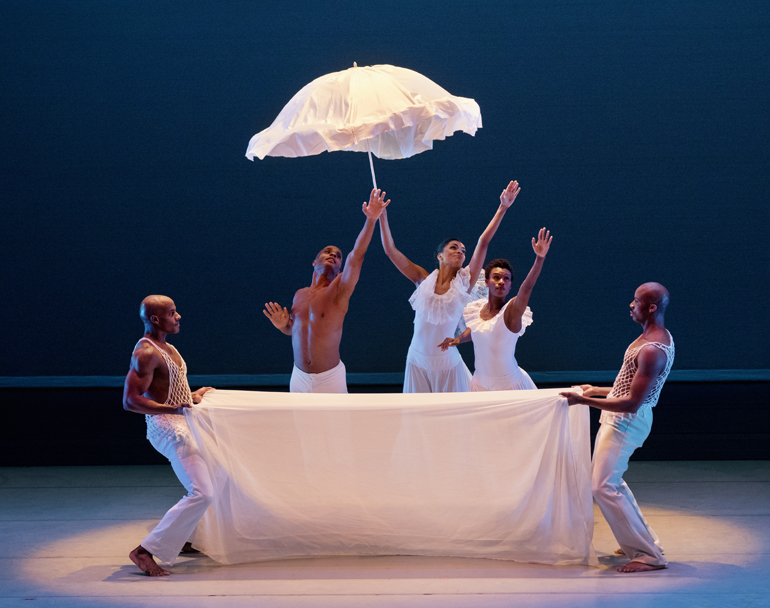
Me: Would you say that the reaction to the pieces is the same or different?
DK: I would say that in a lot of countries outside of the U.S., the reaction is even stronger. I think that dance seems to be a little bit more popular in, say, Europe than in the States, for sure.
Me: So you said you were quite young when you became a stagehand?
DK: I actually have a bit of a background. I was actually a history major in college and I took theater as a minor. I think that I was about 24 or 25 years old and I had a lot of friends who were theater majors that had gone on to work in film and stage. One of my best friends became the head carpenter for this company and he would come back and tell me stories about places he’d been and things he’d done, and so basically I decided to switch gears and instead of trying to bartend my way through law school, I decided to take advantage of all the contacts and friends I had in the stage and film business. I did see the company perform, I believe in about ’95 or ’96, and then my buddy came back and talked to me and was like, you know, “Do you want to go out and try and get some experience on the road and we’ll see what happens in four or five years?” And sure enough, it took about six or seven years, but eventually I got here and it’s been 10 years.
AC: You’re on your 11th year. [Chuckles.]
Me: The outreach that you do usually just with the dancers, or do you actually do outreach with technical crews and children?
DK: I think a lot of what we do in terms of our company – and the organization is definitely a lot bigger than just the first company – is they do a lot of stuff. But I know one of the things that we do that’s really important, which I think E.J. [Corrigan, technical director] talked about before, is the mini-performances. I think we do try to share with the kids a little bit more of the backstage experience and technical aspects. When you see a performance, we’re certainly not really trying to hide that from you. When we do the children’s performances, I think that’s more evident. We don’t bring the main curtain in when we’re walking around doing the main focus, channel checks or whatnot. We’re doing that in front of the kids so they can kind of see that process as well.
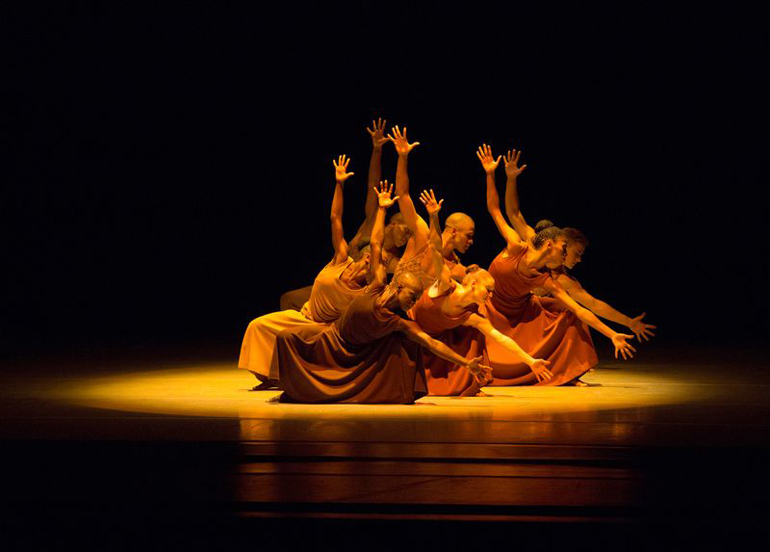
Me: What are some of the moments working for Ailey that have really stood out for you?
DK: I think just seeing some of the dancers that have come through. They’re just so amazing and they’ve spent years of their lives here. I think when I first joined the company, there was a guy named Dudley who had been with the company since the late 60s or early 70s at least…
AC: Since ’64.
Me: Yeah, since ’64. He was almost an original member and he was still dancing “Yellow Section” in Revelations and this was like 2003. We’ve also had a number of other dancers, like Renee Robinson, who I think was dancing well into her 50s and had been with the company since the early 80s. Just to see people who are legendary like that, and you’re working with them, and they’re so down to earth… I think that’s probably a standout, just some of the talent we’ve worked for. And not to mention, all of my amazing technical crew.


